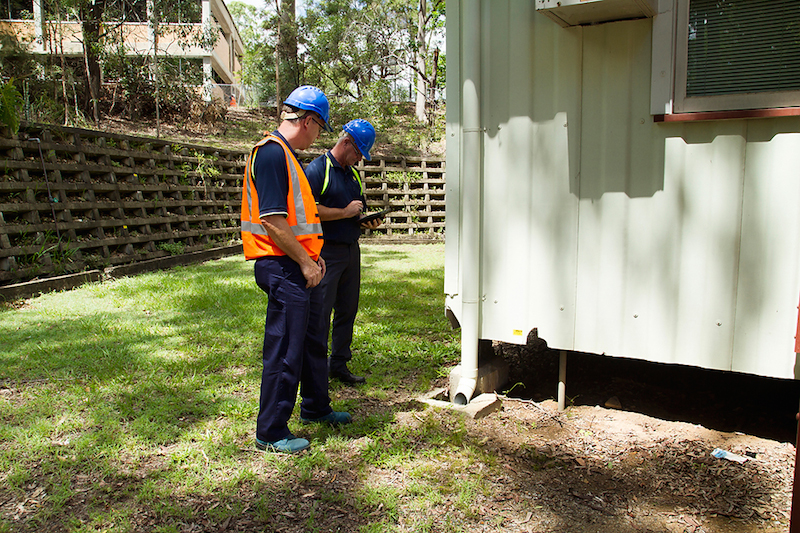
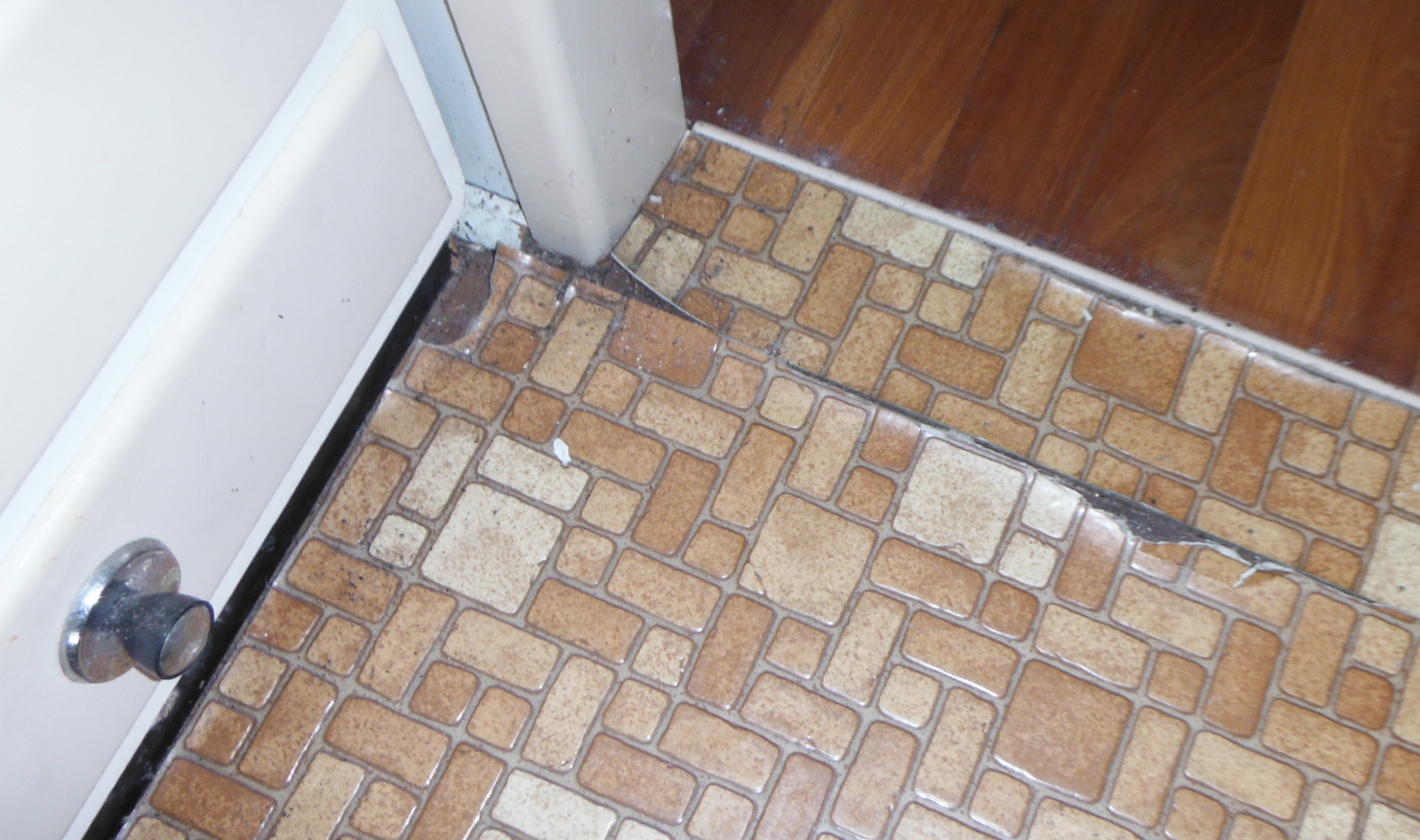
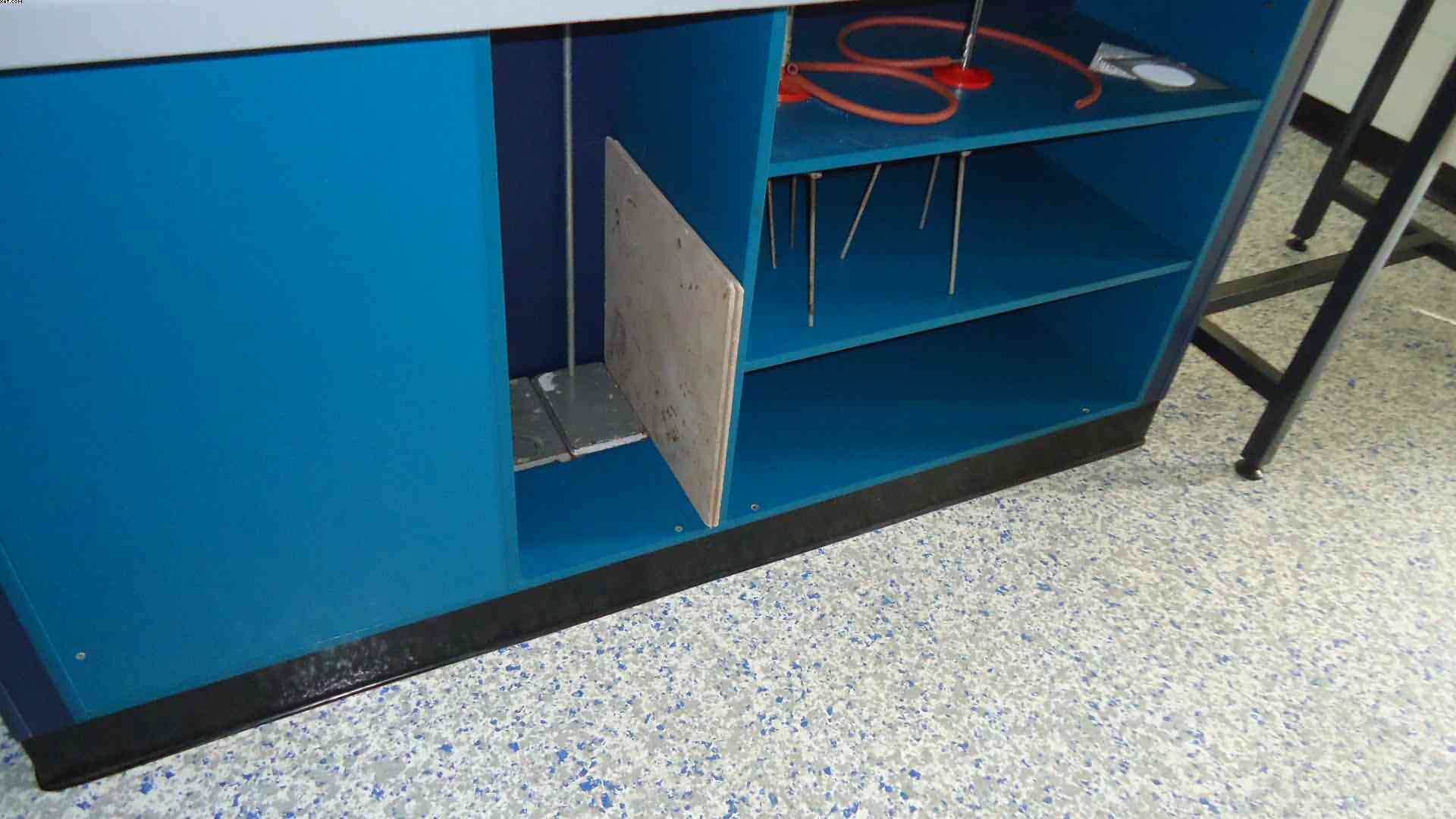
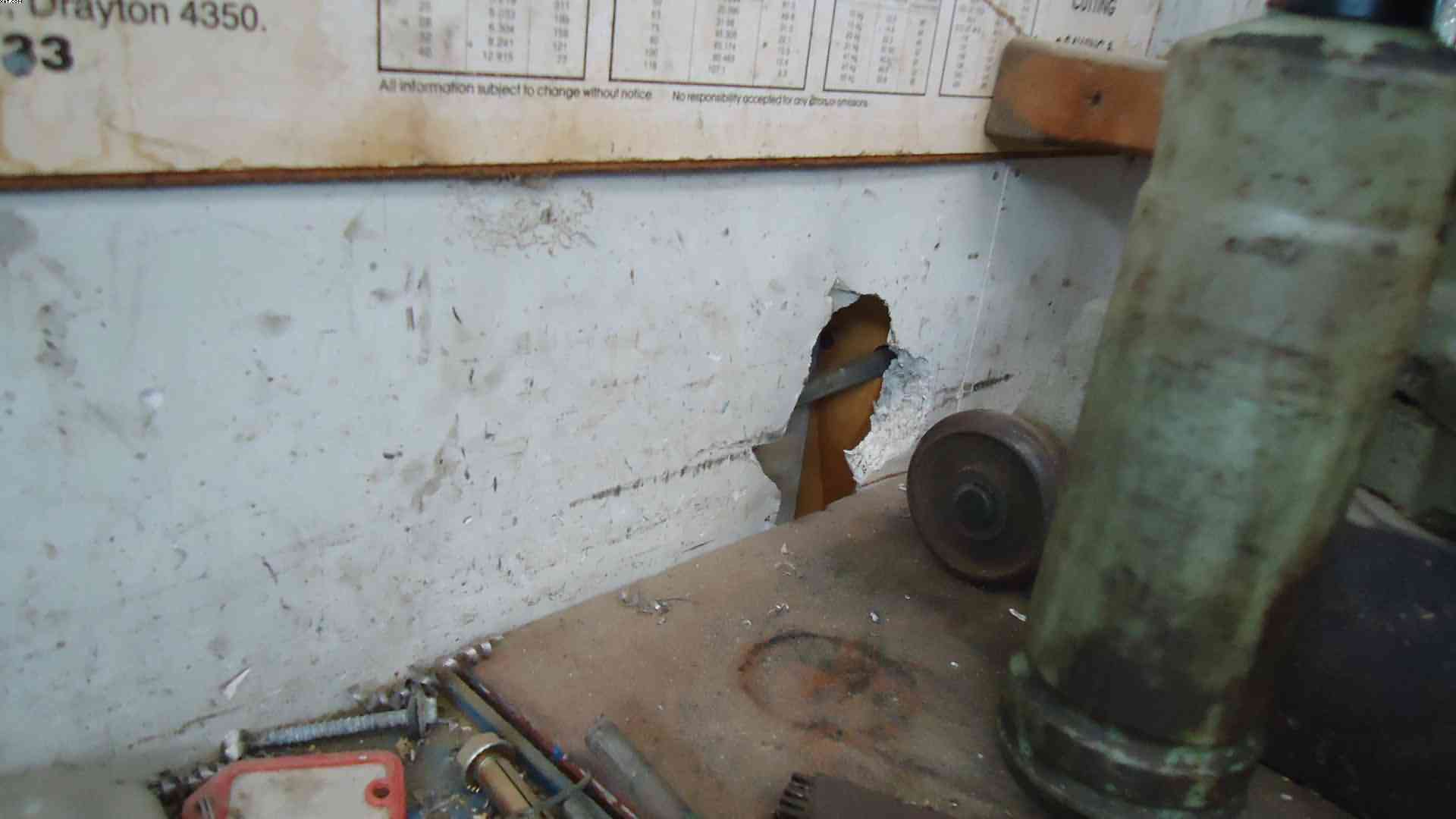
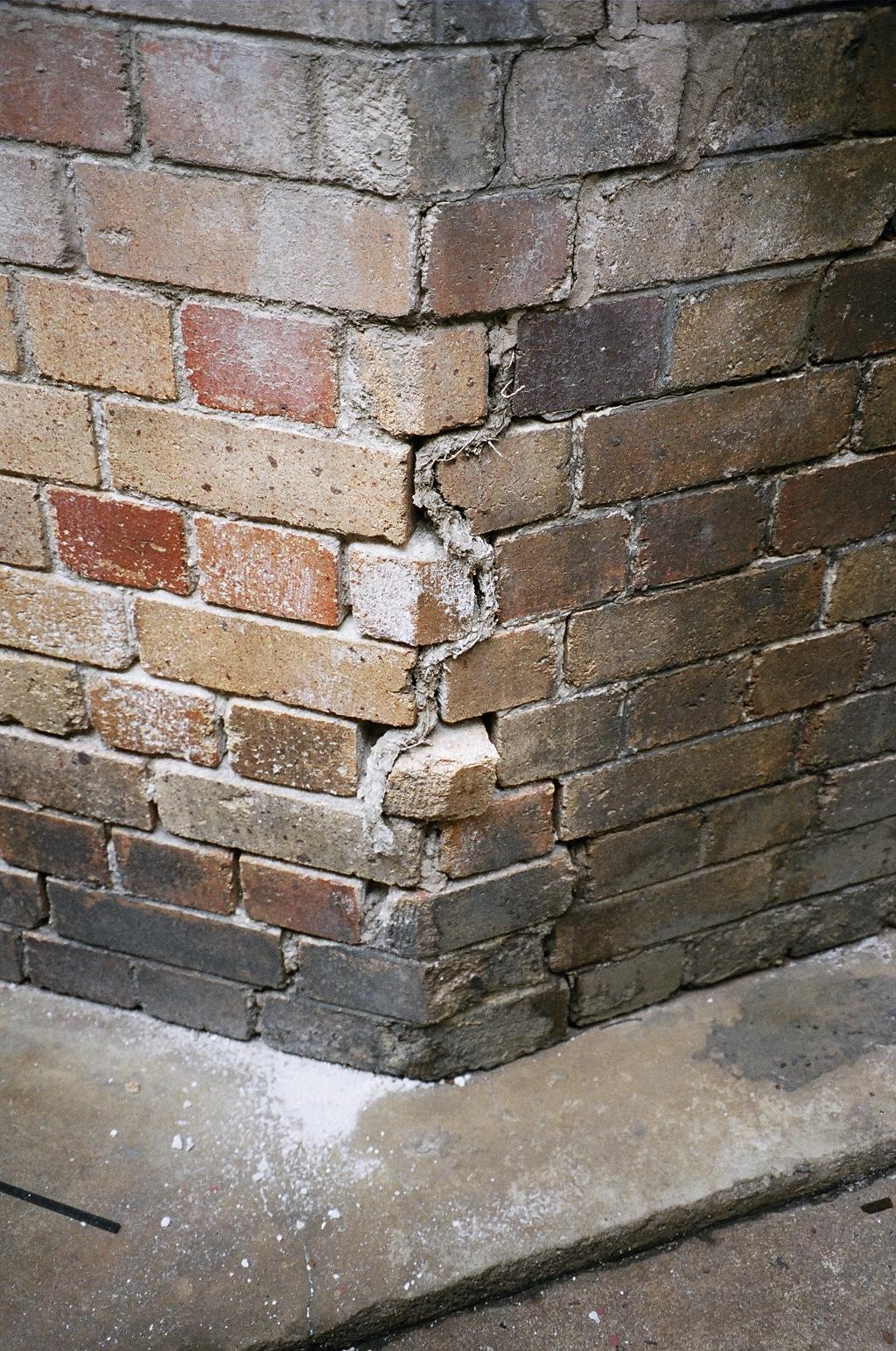
We are able to provide various and comprehensive asbestos surveys for the identification of suspected Asbestos Containing Materials, which are based on the following types of survey, and include for the collection of samples as required:
The register completed as part of the management survey encompasses the recording of the identified ACM’S in order to record the location, nature and condition of the materials, and allocation of risk assessment rating. Additionally and where applicable, samples may be taken from materials determined through experience not to contain asbestos fibres, although to avoid such sampling may well cause confusion in the future. The risk assessment rating within the register not only takes into account the above parameters; the activities and use of the building are also factored into the final assessment.
The extent of the destructive investigation may include for the opening up of sealed voids, wall cavities, further removal of non-asbestos flooring materials, and also the inspection within plant and equipment following confirmation of isolation. The main aim of this type of survey is to identify and provide an assessment of quantity for any additional suspected ACM’S likely to be disturbed by the refurbishment or demolition project.
The register subsequently completed, including the reporting of any additional samples required, should then be used to provide an indication of the materials present and in turn be used to formulate a project specific asbestos removal specification prior to the works being tendered or initiated.
For re-inspection surveys we have in place the knowledge and skills to review any existing register prior to commencing with the site investigation. Once on site, the re-inspection survey shall include for the assessment of all previously identified materials, including the recording of the condition and other factors to ensure the revised risk assessment rating takes into account any changes since the original survey. During this type of survey we would also remain diligent for the presence of other suspected materials not previously detected or reported, in order that these could be sampled and reported as necessary.
The register completed as part of the re-inspection survey shall encompass the recording of the previously identified ACM’s and any additional materials in order to record the location, nature and condition of the materials, and allocation of risk assessment rating. As with management surveys, the risk assessment rating within the register takes into account the above parameters and with the activities and use of the building also factored into the final assessment
In line with existing requirements of Workplace Health & Safety Legislation, arrangements are then made for the samples to be submitted to a testing facility with the correct level of NATA Accreditation*. At this stage and as further reassurance of our commitment to quality and correct analysis procedures, all samples submitted are supported by a project specific Chain of Custody.
The subsequent procedures of the NATA Accredited facility, include for various and complex testing of the samples, from the initial assessment using low power stereo microscopes through to the final stages of the fibre identification utilising high power Polarised Light Microscopy and Dispersion Staining Techniques.
Upon overall completion of the sample analysis, the NATA Accredited certificates of analysis clearly detailing the results for the samples submitted are expedited in order that those results can be formulated within the final reports and registers.
Where on certain occasions, SSS identify high risk incidences encompassing suspected asbestos containing materials, we also have in place the maintained cooperation of the NATA Accredited facility* to ensure the proficient analysis of any samples accordingly.
* indicates all such testing shall be undertaken by an independent organisation with the relevant level of NATA Accreditation.
As and when confirmation were received to commence with a project, the initial administration within SSS would populate the required project folder and in turn generate the site specific documents, including Safe Work Method Statement, Report template and laboratory sample Chain of Custody.
The report template generated would include all details pertaining to the site, including client contact, full site address details and confirmation of the project start date. Additionally, the layout and content of the reports are designed to meet the requirements of current Workplace Health & Safety and provide our clients with confidence that they have a comprehensive asbestos register fully compliant with existing legislation.
For all site surveys and inspections SSS utilise the latest innovations in Information Technology, which include all site details, reporting and assessments being entered direct into the report at the time of the survey using mobile electronic equipment, whilst the utilisation of the latest available software also ensures that all reports are synchronized to our main server prior to leaving site.
This in turn ensures that all the various parameters with overall effect on the risk assessment status of suspected ACM’S, are recorded at the time of the survey, whilst for clarification of location and condition, images applicable to the materials identified are also inserted at the time of inspection.
The use of the latest technology allows SSS to conduct quality reviews remotely where required and also ensures that client reports and registers are produced efficiently.
